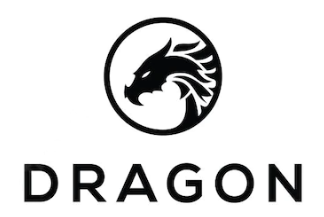The Phoenix in Eastern Religion and Symbolism
From the ancient Egyptian culture to the depths of Chinese mythology, the phoenix has been a symbol of strength, power, and rebirth for centuries. But how did this mythical creature become so deeply embedded in Eastern religions and societies? In this blog post, we’ll explore the various religious and symbolic meanings associated with the phoenix throughout history. So get ready to dive deep into an exploration of one of the most powerful symbols in Eastern religion and symbolism.
Introduction to the Phoenix
The Phoenix has long been a symbol of rebirth and immortality. It is said to be the bird that rises from the ashes, indicating its ability to regenerate itself. The phoenix also represents fire, as it burns itself up and then regenerates from the ashes. The phoenix is often used in Eastern religion and symbolism to represent both renewal and transformation.
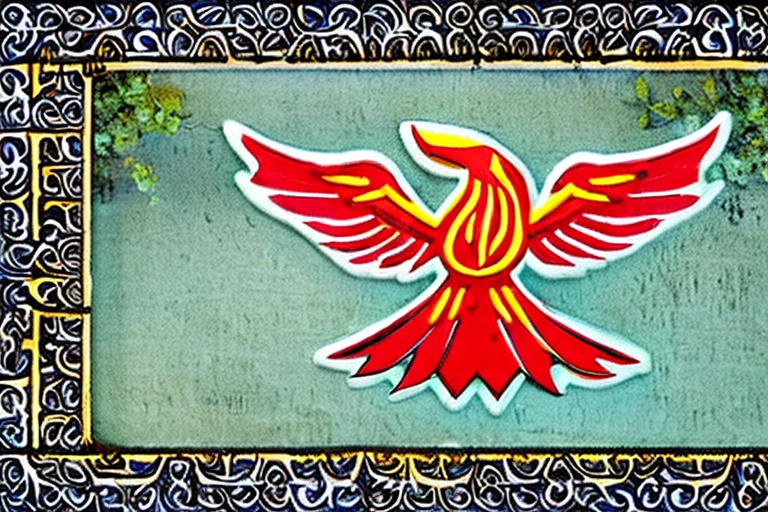
Origins of the Phoenix in Eastern Religion
The phoenix is a mythical bird that is often used as a symbol in Eastern religion and symbolism. The phoenix is said to be a creature that can live forever and is reborn from its own ashes. The phoenix is often used as a symbol for resurrection.
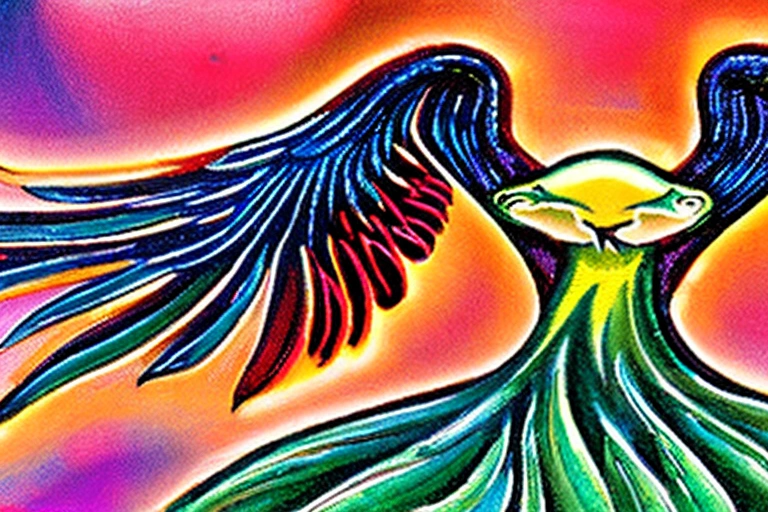
Symbolism of the Phoenix in Eastern Culture
Eastern cultures have long been fascinated by the phoenix. The mythical bird is said to rise from the ashes of its own funeral pyre, with new life and vigor sustained by its own fiery breath. The symbolism of this powerful creature resonates with many people, showing them that even in difficult times, there is always hope.
The Phoenix in Ancient Chinese Mythology
The phoenix is a creature that has been featured in many ancient myths and religions. The most well-known story of the phoenix is from Eastern culture, where a proud and greedy king demanded an endless supply of food from nature, but was ultimately punished by being forced to eat the flesh of his own son. In order to avoid this fate, the son transformed into a phoenix who could live forever on fireproof wings.
The phoenix also appears in Chinese mythology as one of the twelve animals associated with the zodiacal sign of Phoenix. Each year, when the new zodiacal sign is due to be born, all creatures within its vicinity retire into seclusion until it emerges triumphant at the end of its 12-year cycle.

The Phoenix in Ancient Japanese Mythology
The phoenix is a large, colorful bird that is often considered a symbol of rebirth. The phoenix is said to be able to rise from the ashes of its own funeral pyre unscathed. This may suggest that the phoenix was seen as a symbol of resurrection and new life.
The phoenix is also known as the “king of birds.” In ancient Japanese culture, the phoenix was seen as a divine messenger. It was believed that the phoenix could bring good luck and prosperity to those who observed it.

The Phoenix in Ancient Indian Mythology
The Phoenix in Ancient Chinese Culture
The phoenix is a mythical bird that represents fire, life, and rebirth. It is most commonly found in ancient Eastern religions and symbols. In Ancient Japanese mythology, the phoenix is known as the king of birds and symbolizes the rising sun. The Chinese believe that the phoenix can live forever and rise from its own ashes.
The Phoenix in Japanese Mythology
The phoenix is a legendary bird that is said to be able to revive itself from the ashes of its own funeral pyre. The phoenix is often used as a symbol for resurrection and new beginnings. In Indian mythology, the phoenix is often used as a symbol for the god Vishnu. The phoenix is also a common symbol in Japanese culture.
The Significance of the Phoenix Symbol in Eastern Religions
The phoenix is a symbol found in many different places and cultures around the world, but it has a particularly significant place in Eastern religions. In ancient Japanese mythology, the phoenix was a creature that could magically transform its appearance every hundred years or so. According to legend, when the phoenix died, it descended into flames and then rose from its ashes once more – an indication of its immortality. The phoenix is also important in Indian religion, where it is seen as a symbol of resurrection. Throughout Eastern religions, the phoenix represents both life and death – something that is constantly undergoing transformation.
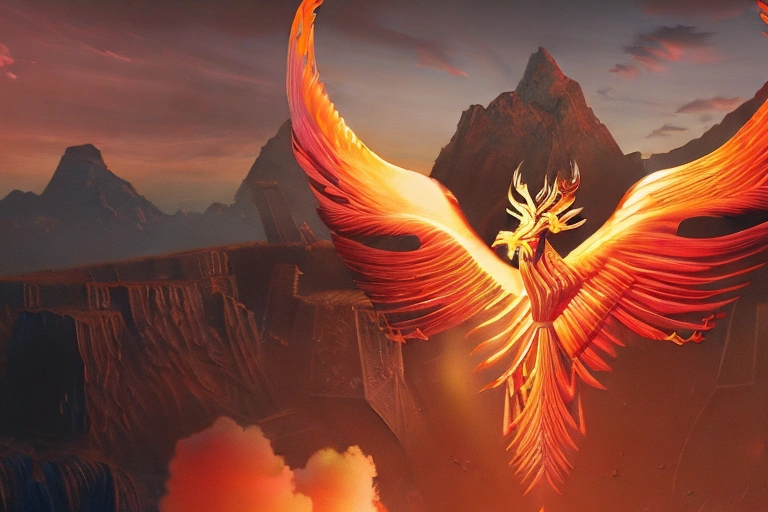
The Meaning of the Phoenix in Eastern Philosophy
The phoenix is a symbol found in Eastern religions and philosophies that has significant meaning. The phoenix represents the idea of rebirth, and its resurrection from the ashes. It is also an important symbol for immortality.
How the Phoenix is Represented in Art and Literature
Phoenix in Ancient Chinese Culture
There is a long tradition of depicting the phoenix as a symbol in different cultures. In ancient China, the phoenix was a popular motif on pottery and sculpture because it represented both renewed life and immortality. The phoenix is also commonly found in East Asian art, where it typically holds a conch shell or a jade disk to represent its resurrection power. Symbolically, the phoenix represents rebirth, renewing energy and potential, and how new beginnings can be transformative.
Phoenix in Indian Mythology
The phoenix is a symbol of resurrection and renewal. It is often used in Eastern religions and symbolism to represent the idea of rebirth. The phoenix is also often used in art and literature to represent the idea of transformation.
Modern Interpretations of the Phoenix Symbolism
The phoenix is a popular symbol and symbol of the reborn or rising sun. The earliest known depiction of a phoenix was on an Egyptian sarcophagus from before 3000 BC. In ancient Greece, the phoenix was considered to be a bird that could live forever. It is believed that the first recorded use of the term “phoenix” was in 776 BC by Homer in his Odyssey. The Greek philosopher Hesiod described the phoenix as a divine bird that can rise from its own ashes and live forevermore. Across many cultures, depictions of the phoenix have shown it flying towards the sun, with flames engulfing its body.
During the Middle Ages, depictions of phoenixes became more commonly found in Christian art. Saint Augustine of Hippo, the Bishop of Rome in the 4th century AD, was one of the first Christians to write about the symbolism of phoenixes. He believed that the phoenix represented Christ’s resurrection and ultimate return.
Later in history, depictions of phoenixes became more commonly found in art and literature. For instance, J.R.R. Tolkien used a phoenix as the creative symbol for his fictional world Middle-earth in his novels The Lord of The Rings and The Hobbit. Walt Disney featured a phoenix on one of his early animated films called Alice in Wonderland. One modern interpretation of the phoenix symbolism is its use as an analogy for new beginnings or rebirths.
How the Phoenix is Represented in Modern Culture
The phoenix is one of the most recognizable symbols in modern culture. The mythical creature has been featured in many movies, songs, and other works of art. In particular, the phoenix is often used to symbolize rebirth and new beginnings.
Some people believe that the phoenix was originally a pagan symbol. This is because the phoenix is known for its ability to rise from its own ashes. Some pagans believed that this showed how life could be renewed even after death.
In more recent times, the phoenix has been used to symbolize many different things. For example, it can represent hope and change. Additionally, it can represent healing and renewal.
The Role of the Phoenix as a Symbol of Rebirth and Renewal
Although the phoenix is most commonly associated with Eastern religions and symbols, it has also been used in Western culture as a symbol of rebirth and renewal. In ancient Greece, for example, the phoenix was considered to be a sacred animal that could only be resurrected from its own ashes. Consequently, its appearance had great religious significance and was frequently depicted on coins and other paraphernalia. Today, the phoenix still holds tremendous symbolic power both within Eastern and Western cultures. Its Rebirth story continues to touch our hearts as we all strive for personal growth and new beginnings.
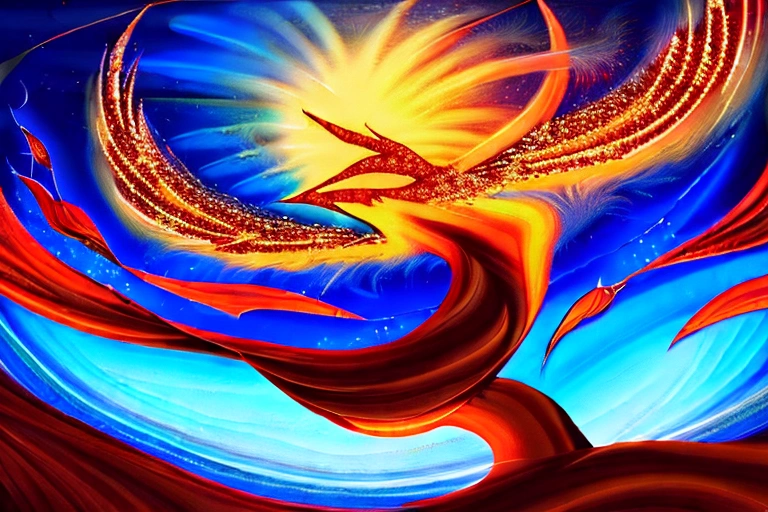
Connecting with the Energy of the Phoenix
Phoenix as a symbol of Rebirth and Renewal
The Phoenix is a prominent symbol of rebirth and renewal in eastern religion and symbolism. The phoenix is said to be the reincarnated firebird or wyrm who rises from its own ashes. The legend says that when the god Apsu abandoned the world, water began to flood the earth and ruined everything. All life was threatened with extinction until an old man named Toth found a jar of sacred oil that could save the planet. He poured some of the oil on one of his three sons, Semiramis, Kaushar, or Enlil (depending on sources), and instructed them to scatter it around the world. One portion was placed in Babylon, one portion in Greece, and one portion near Mount Nebo where Moses was said to have seen the divine presence. The oil made the sons of Semiramis incredibly powerful, so they started conquering the world.
The sons of Toth disagreed on how to rule the world. Semiramis wanted all people to be subject to her and her children, but Kaushar and Enlil believed in letting each nation rule according to its own laws. The brothers fought a long war until finally Enlil won and placed his son Apsu as ruler of Babylon. In order for Semiramis’ son Nebuchadnezzar II not to seize power, she disguised herself as an old woman and lived with him in his palace. When she learned that he wished to build a huge image of himself, she persuaded him to have the image made of gold and have it placed in the temple of Babylon.
The phoenix is a symbol of rebirth and renewal because it is said to be the reincarnated firebird or wyrm who rises from its own ashes. The legend says that when the god Apsu abandoned the world, water began to flood the earth and ruined everything. All life was threatened with extinction until an old man named Toth found a jar of sacred oil that could save the planet. He poured some of the oil on one of his three sons, Semiramis, Kaushar, or Enlil (depending on sources), and instructed them to scatter it around the world. One portion was placed in Babylon, one portion in Greece, and one portion near Mount Nebo where Moses was said to have seen the divine presence. The oil made the sons of Semiramis incredibly powerful, so they started conquering the world.
Representation of the Phoenix in Eastern Religions
Eastern symbolism usually associates the phoenix with rebirth, renewal, and immortality. The connection between the phoenix and resurrection is evident in many ancient mythologies and religions.
The phoenix is known for its tremendous fire-breathing power, which it uses to rise from the ashes of its own death. This cycle of rebirth represents both an individual’s life experience and the cyclical nature of life itself.
Different cultures have depicted the phoenix in a variety of ways, but most typically as a beautiful bird with golden feathers that burns brilliantly in flames.
In some religious traditions, such as Buddhism, Zoroastrianism, and Hinduism, the phoenix is often seen as a sign of hope and salvation.
Meaningful Role of the Phoenix in Eastern Culture
The Phoenix is known as the bird of fire, and in Eastern culture it is seen as a symbol of rebirth and renewal. In many cultures, the phoenix is believed to be able to reincarnate itself over and over again. The phoenix represents the idea that everything dies but eventually comes back to life. It also represents courage, strength, and determination.
The meaningful role of the phoenix in Eastern culture is that it represents change. Every day we are faced with new challenges and opportunities. The phoenix shows us that no matter how difficult things seem at first, there is always a way forward. By facing our fears head-on and continuing to learn and grow, we can become stronger than ever before.
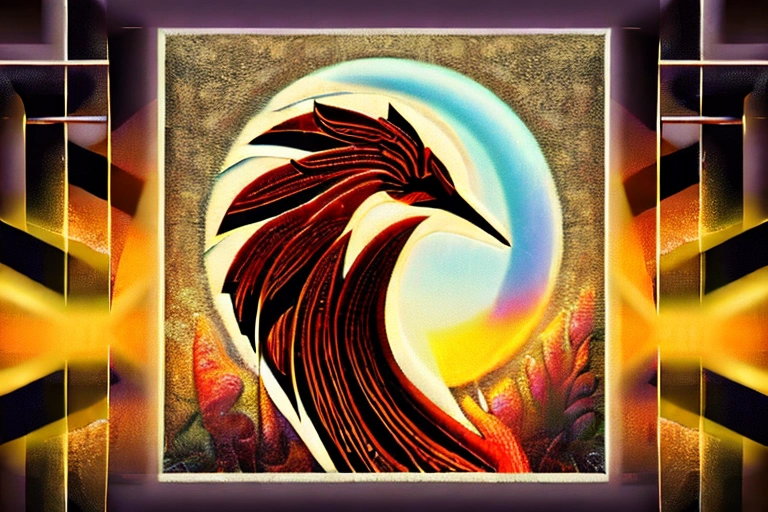
Conclusion: Understanding the Significance of the Phoenix
In conclusion, the Phoenix is an important symbol in both Eastern and Western cultures. It has a meaning that goes beyond its traditional role as a firebird. ThePhoenix represents transformation and resurrection, and its symbolism can be found in many places around the world. By understanding its significance, we can better appreciate this beautiful bird’s place in Eastern religion and symbolism.
The Phoenix is a powerful symbol of transformation and rebirth that has long been used to reflect the cycle of life in many Eastern cultures. It embodies hope, strength, courage, joy, and resilience while also providing us with an opportunity to reflect on our own lives and how we can continue to use its energy as a means to bring about positive change in our lives. Whether you are exploring the origins of this creature or looking for ways to activate its energy into your daily life, connecting with the Phoenix can open up an entire world of possibilities that help us achieve balance within ourselves. To learn more about other creatures from mythology and Ancient Religions check out our other content!

Shoptimizer Blog
Meditation williamsburg kogi blog bushwick pitchfork polaroid austin dreamcatcher narwhal taxidermy tofu gentrify aesthetic.
Humblebrag ramps knausgaard celiac, trust fund mustache. Ennui man braid lyft synth direct trade.


